Sozo Inoue
LLM-Guided Exemplar Selection for Few-Shot Wearable-Sensor Human Activity Recognition
Dec 26, 2025Abstract:In this paper, we propose an LLM-Guided Exemplar Selection framework to address a key limitation in state-of-the-art Human Activity Recognition (HAR) methods: their reliance on large labeled datasets and purely geometric exemplar selection, which often fail to distinguish similar weara-ble sensor activities such as walking, walking upstairs, and walking downstairs. Our method incorporates semantic reasoning via an LLM-generated knowledge prior that captures feature importance, inter-class confusability, and exemplar budget multipliers, and uses it to guide exemplar scoring and selection. These priors are combined with margin-based validation cues, PageRank centrality, hubness penalization, and facility-location optimization to obtain a compact and informative set of exemplars. Evaluated on the UCI-HAR dataset under strict few-shot conditions, the framework achieves a macro F1-score of 88.78%, outperforming classical approaches such as random sampling, herding, and $k$-center. The results show that LLM-derived semantic priors, when integrated with structural and geometric cues, provide a stronger foundation for selecting representative sensor exemplars in few-shot wearable-sensor HAR.
Few-Shot Optimization for Sensor Data Using Large Language Models: A Case Study on Fatigue Detection
May 24, 2025Abstract:In this paper, we propose a novel few-shot optimization with HED-LM (Hybrid Euclidean Distance with Large Language Models) to improve example selection for sensor-based classification tasks. While few-shot prompting enables efficient inference with limited labeled data, its performance largely depends on the quality of selected examples. HED-LM addresses this challenge through a hybrid selection pipeline that filters candidate examples based on Euclidean distance and re-ranks them using contextual relevance scored by large language models (LLMs). To validate its effectiveness, we apply HED-LM to a fatigue detection task using accelerometer data characterized by overlapping patterns and high inter-subject variability. Unlike simpler tasks such as activity recognition, fatigue detection demands more nuanced example selection due to subtle differences in physiological signals. Our experiments show that HED-LM achieves a mean macro F1-score of 69.13$\pm$10.71%, outperforming both random selection (59.30$\pm$10.13%) and distance-only filtering (67.61$\pm$11.39%). These represent relative improvements of 16.6% and 2.3%, respectively. The results confirm that combining numerical similarity with contextual relevance improves the robustness of few-shot prompting. Overall, HED-LM offers a practical solution to improve performance in real-world sensor-based learning tasks and shows potential for broader applications in healthcare monitoring, human activity recognition, and industrial safety scenarios.
Translation Between Waves, wave2wave
Jul 20, 2020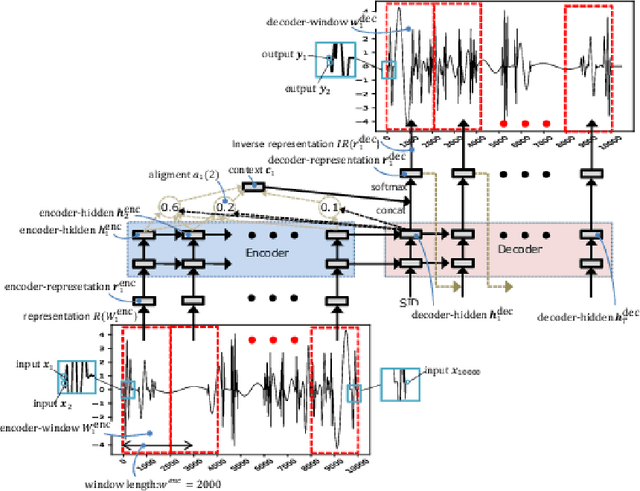
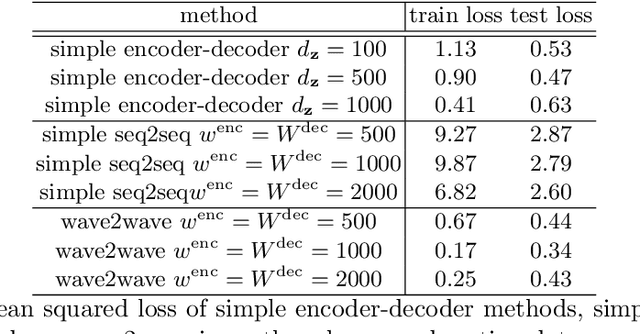
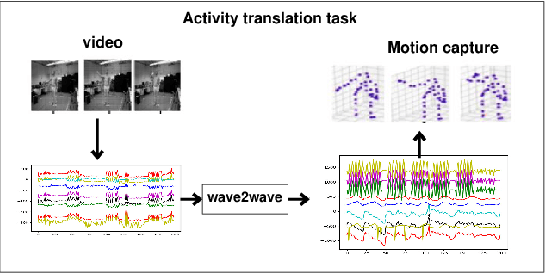
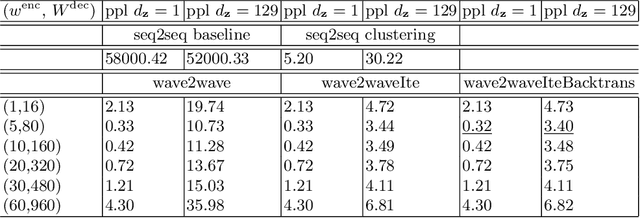
Abstract:The understanding of sensor data has been greatly improved by advanced deep learning methods with big data. However, available sensor data in the real world are still limited, which is called the opportunistic sensor problem. This paper proposes a new variant of neural machine translation seq2seq to deal with continuous signal waves by introducing the window-based (inverse-) representation to adaptively represent partial shapes of waves and the iterative back-translation model for high-dimensional data. Experimental results are shown for two real-life data: earthquake and activity translation. The performance improvements of one-dimensional data was about 46% in test loss and that of high-dimensional data was about 1625% in perplexity with regard to the original seq2seq.
A dataset for complex activity recognition withmicro and macro activities in a cooking scenario
Jun 18, 2020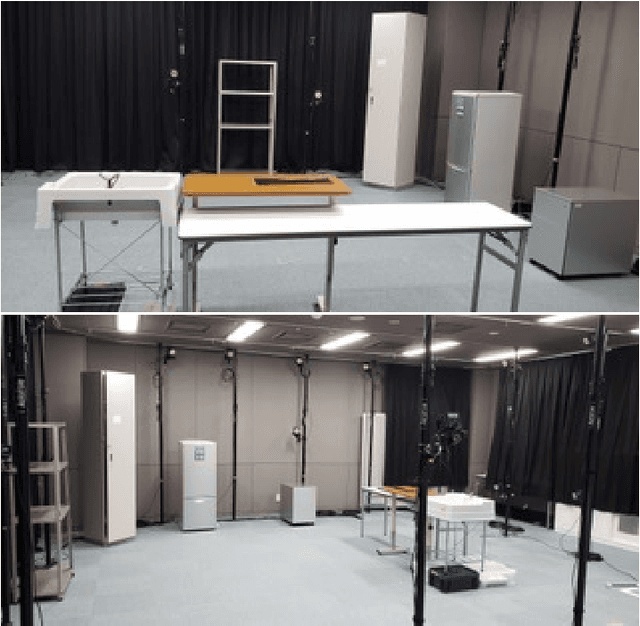
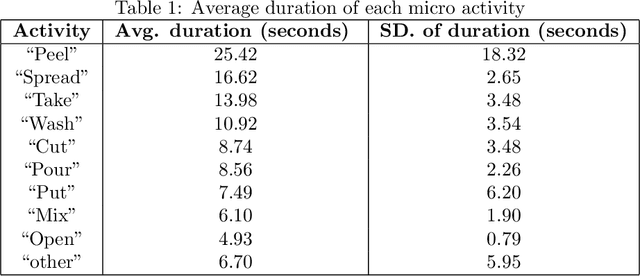


Abstract:Complex activity recognition can benefit from understanding the steps that compose them. Current datasets, however, are annotated with one label only, hindering research in this direction. In this paper, we describe a new dataset for sensor-based activity recognition featuring macro and micro activities in a cooking scenario. Three sensing systems measured simultaneously, namely a motion capture system, tracking 25 points on the body; two smartphone accelerometers, one on the hip and the other one on the forearm; and two smartwatches one on each wrist. The dataset is labeled for both the recipes (macro activities) and the steps (micro activities). We summarize the results of a baseline classification using traditional activity recognition pipelines. The dataset is designed to be easily used to test and develop activity recognition approaches.
Deep Recurrent Neural Network for Mobile Human Activity Recognition with High Throughput
Nov 11, 2016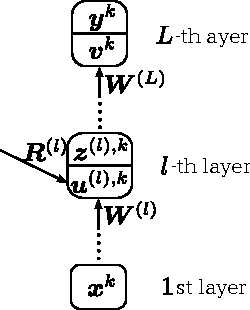
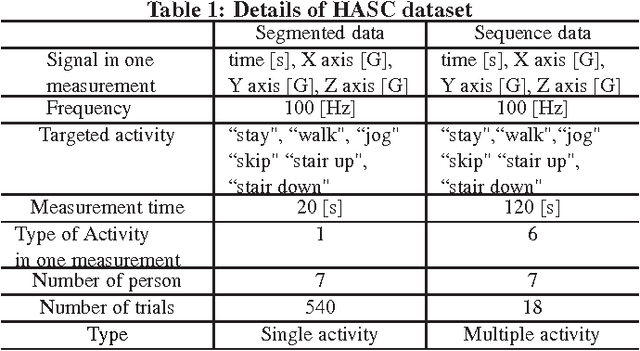
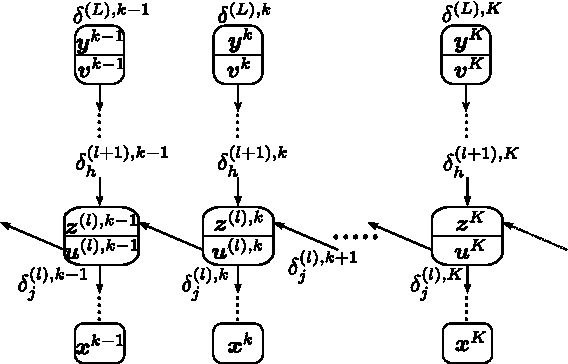
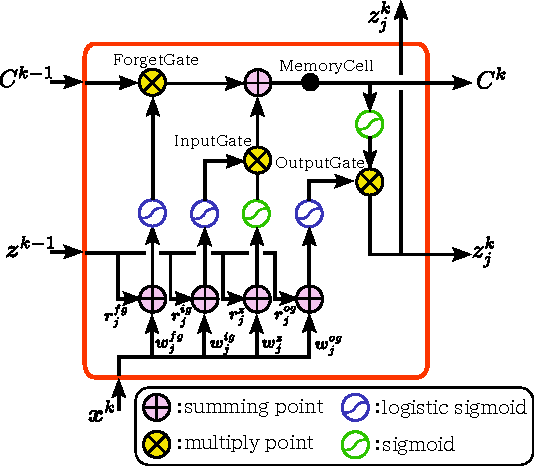
Abstract:In this paper, we propose a method of human activity recognition with high throughput from raw accelerometer data applying a deep recurrent neural network (DRNN), and investigate various architectures and its combination to find the best parameter values. The "high throughput" refers to short time at a time of recognition. We investigated various parameters and architectures of the DRNN by using the training dataset of 432 trials with 6 activity classes from 7 people. The maximum recognition rate was 95.42% and 83.43% against the test data of 108 segmented trials each of which has single activity class and 18 multiple sequential trials, respectively. Here, the maximum recognition rates by traditional methods were 71.65% and 54.97% for each. In addition, the efficiency of the found parameters was evaluated by using additional dataset. Further, as for throughput of the recognition per unit time, the constructed DRNN was requiring only 1.347 [ms], while the best traditional method required 11.031 [ms] which includes 11.027 [ms] for feature calculation. These advantages are caused by the compact and small architecture of the constructed real time oriented DRNN.
 Add to Chrome
Add to Chrome Add to Firefox
Add to Firefox Add to Edge
Add to Edge